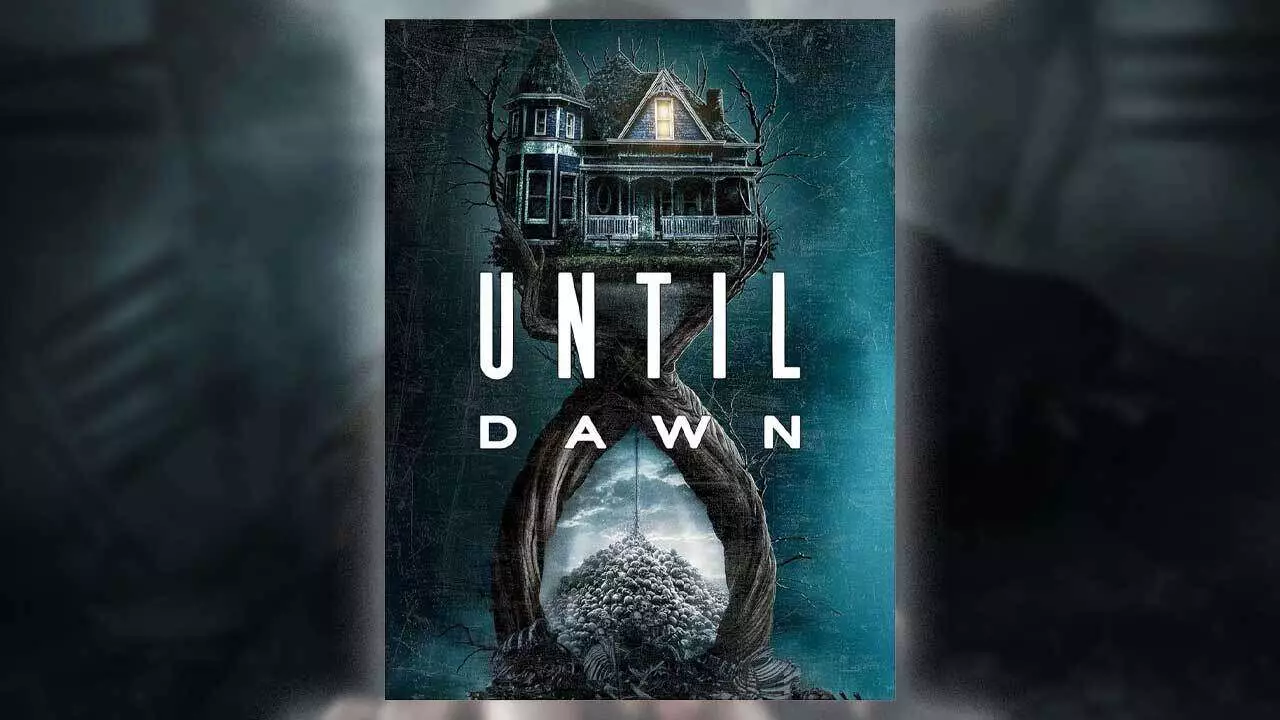In the landscape of entertainment, the interaction between video games and movies has played out in a series of adaptations, some remarkable and others forgettable. Among them, “Until Dawn” stands out as not just a simple crossover, but a fresh interpretation that takes the interactive storytelling elements of its video game origins and melds them into a cinematic experience. As a remarkable instance of transformation, it challenges the notion of what a video game adaptation can be, offering a blend of horror and humanity that encourages viewers to embrace — or at least appreciate — the artistic risks inherent in such projects.
Seamless Release and Engagement
For those who may have missed the captivating gore of “Until Dawn” during its theatrical run, it is now readily available for at-home viewing. Streaming options, like renting from Prime Video for $20 or purchasing a digital copy for $25, ensure accessibility to a broad audience. Physical media enthusiasts may want to mark their calendars for July 8, when the 4K Blu-ray edition, complete with Dolby Atmos support, hits the shelves. Priced around $50 at major retailers like Amazon and Walmart, the guaranteeing price structure makes preorders enticing, particularly for avid collectors looking to snag an excellent deal before the official launch.
On the inaugural release, viewers are greeted with a plethora of bonuses, such as behind-the-scenes explorations and character insights that add depth to the film’s narrative layers. These features allow audiences to not only engage with the film but also understand the storytelling mechanics that carried over from the interactive game experience. The physical release, therefore, enriches the value of the adaptation, making it a must-have for both movie buffs and gaming aficionados alike.
Translating Gameplay into Cinematic Narrative
“Until Dawn” successfully retains the essence of the original game, connecting the horror narrative to its interactive gameplay roots. The incorporation of player choice, while not as overt as in the game, maintains a trace of that involvement by placing characters in situations where fate and survival hang in the balance. The film explores themes of survival against insurmountable odds, as protagonists navigate a time-loop filled with grotesque scenarios where their choices dictate grim outcomes.
By synchronizing the visual appeal and tonal essence of the game with fresh storytelling techniques, the film crafts a unique atmosphere, teetering between psychological suspense and cheese-laden horror-comedy. This blend may polarize viewers — some may find joy in the campiness, while others may yearn for a more profound narrative experience. However, it ingeniously transforms the often-static movie experience into something reminiscent of gameplay, urging audiences to consider how every choice could mean the difference between life and death.
PlayStation Productions: A Legacy in Adaptation
“Until Dawn” is a notable addition to PlayStation Productions’ repertoire, along with other adaptations like “Uncharted” and “Gran Turismo.” Founded in 2019, this studio has taken significant strides in translating beloved gaming universes into the cinematic realm. Notably, their most acclaimed work so far, “The Last of Us,” showcases just how well a video game narrative can thrive in a serialized format. As they continue down this path, the question arises — what makes a successful adaptation?
The answer likely lies in respecting the source material while innovatively expanding its boundaries. With adaptations of other popular properties, such as “Horizon Zero Dawn” and “Ghost of Tsushima,” PlayStation Productions seems to be cultivating a blend of nostalgia and contemporary storytelling that could redefine fan expectations in the process. Each new title holds the potential for deeper narratives that expand on established worlds, inviting both hardcore fans and casual viewers to engage with these universes anew.
The Future of Adaptations: Potential and Pitfalls
As “Until Dawn” joins a growing roster of video game adaptations, it highlights the industry’s ongoing struggle to find the right balance in translating interactivity to film. Game adaptations often fall prey to rushed narratives or lack the depth necessary to engage viewers meaningfully. However, “Until Dawn” serves as a potential blueprint for succeeding in this complex arena, demonstrating that innovation and respect for the source can yield captivating experiences.
Moreover, the critical and audience reaction to adaptations will likely shape future projects. The use of colossal franchises such as “Minecraft” and the planned reboot of “Resident Evil” signals a strong commitment to this narrative experimentation — but will these new entries learn from the successes and failures of those that came before? As PlayStation Productions blazes a trail into the future of entertainment, it remains to be seen whether they can maintain their delicate dance of gameplay authenticity and cinematic storytelling, continuing to forge meaningful connections between gaming and film.

